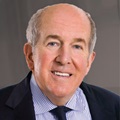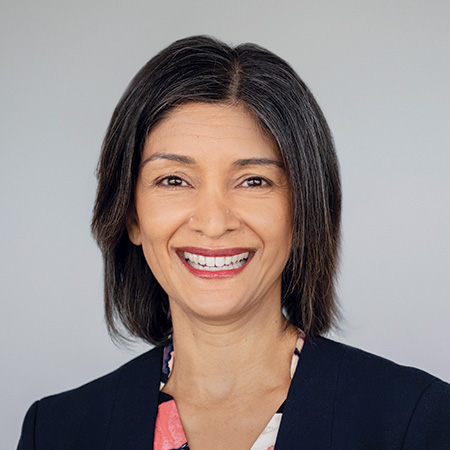Takeda’s Take On The Future Of Biopharma Human Capital
Executive Summary
In this supplement to our feature on the In Vivo/EBD Academy survey "Future-Proofing Human Capital In Global Life Sciences", Ramona Sequeira, President of Takeda Pharmaceutical's US Business Unit, presents her company’s strategy to anticipate and respond to a disruptive transformation of the industry payer base.
How effectively the biopharma industry deploys its human capital will be a key differentiator of competitive success in the next decade. A new joint In Vivo/EBD Academy C-suite survey of trends in the “people asset” space finds that while companies share some strengths, improvements are needed in critical “soft” management” areas like colleague engagement. (Also see "Future-Proofing Human Capital: Does Biopharma Have The Right Stuff?" - In Vivo, 31 Jul, 2017.)
Takeda Pharmaceutical Co. Ltd. has defined and institutionalized a new set of leadership behaviors that puts the entire workforce focused on one question that matters: what are Takeda’s customers and patients thinking about today?
In this interview, Ramona Sequeira, President of Takeda Pharmaceutical's US Business Unit, also addresses the key talent issue of finding professionals able to address the need for data and analytics that drive not only payer reimbursement decisions, but how patients and HCP’s can engage with Takeda medicines to improve outcomes.
What we’ve done is identify – and institutionalize – four transformational leadership behaviors that will help us better address the need to understand, respond and thrive in our healthcare environment. These are:
enterprise thinking, which is about finding new and innovative ways to meet our customers’ needs and support our business;
focus, which means putting time and resources behind the few activities that matter most;
inspire and engage colleagues to see the connection between Takeda’s vision and business mission and the work they do every day; and
elevating our talent capabilities, with the goal of supporting and coaching teams and individuals so we can be “best in class” at those few things that matter.
In other words, leadership is not a spectator sport. Good management always starts with the same simple question: what are Takeda’s customers thinking about today?
Takeda’s new business structure reflects the changing expectations of the customer. When I came on board in 2015, we were organized around functions like sales, marketing, regulatory and medical affairs. That was our C-suite. Everyone stayed in their silos. I ended that structure in favor of Business Units (BU) built around a patient- and account-centric approach, where teams from the different functions coalesce around the needs of customers. The BU leads ensure that all this cross-functional work is aligned to our strategy.
Currently, we have two commercial business units: general medicines and specialty. The leaders of the BU’s have a responsibility to pull all our internal resources together. Among other things, each BU develops a brand strategy to drive customer engagement with Takeda, on everything from contracting for different services “beyond the pill” to the evidence that needs to be generated to show the customer the value of the products we provide. If you describe our C-suite today, I’d say it seeds and facilitates customer engagement, specialized skills, learning and alignment throughout the Takeda USA organization. A very different role than before.
About The In Vivo/EBD Academy Survey
To assess the current and future state of human capital in the life sciences, In Vivo, together with Informa’s newly launched life sciences learning business, EBD Academy, conducted a comprehensive survey during the months of April and May involving 300 leading decision-makers in the life sciences sector in the US and Europe. Our joint survey examines the key drivers affecting workplace culture, skills training, management practices and leadership styles for a cross-section of this diverse industry – today and tomorrow. The full report, Future-Proofing Human Capital In Global Life Sciences, will be available soon. Register your interest at www.ebdgroup.com/ebdacademyreport.
This holds true for our management ranks as well. Leaders here must understand hard data and evidence from multiple sources, apply it to generate insights incorporating observations from working out front with the customer, and then pulling all these strands together with a plan to guide the business forward. That’s what we’re really looking for in leaders – the capacity to grasp the essence of a challenge and integrate a response.
You will see here that this is not about raw skills. We presume that. I put the emphasis on curiosity, humility, adaptability and being comfortable with change. If you can’t adapt, you can’t grow. Those who show the capacity to be curious, to abandon the familiar comfort zone and connect those dots to achieve something better will, in my view, succeed in any job. Of course, it is hard to put these attributes perfectly down on paper. They are soft skills that have much to do with emotional intelligence and knowing your core. The point is it’s not enough to be good at process and just moving an assigned project forward.

